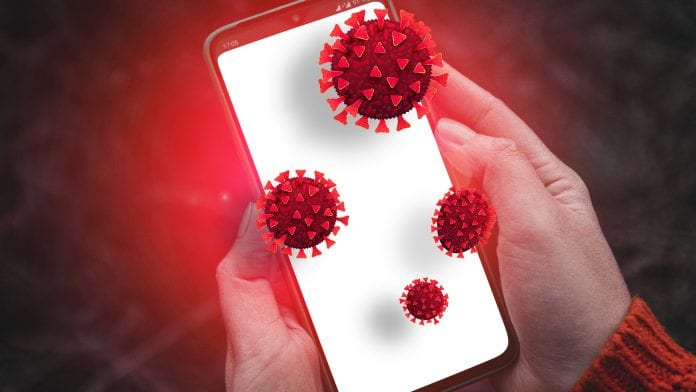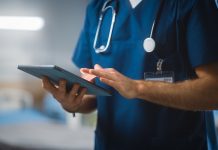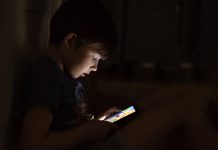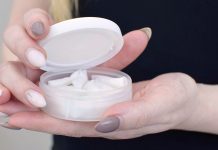
Researchers have developed an innovative way of detecting the presence of SARS-CoV-2 in a nasal swab using a device attached to an ordinary smartphone.
Senior co-authors Daniel Fletcher and Melanie Ott, a virologist at Gladstone Institutes and the University of California, San Francisco, and Nobel laureate Jennifer Doudna, began developing an at-home test for HIV two years ago, and they have now pivoted their research to develop a test for the COVID-19 virus. The researchers have developed the assay using mass-produced consumer electronics.
The report has been published in the journal Cell.
CRISPR-Cas technology
The assay uses CRISPR-Cas technology – detecting RNA with the Cas13 enzyme in samples, which eliminates the need for reverse transcription of the RNA into DNA and then amplification by PCR technology, which is currently used in standard tests.
When Cas13 binds to the RNA from the virus, it cleaves any surrounding RNA sequences, so, the researchers added an RNA-based probe to the reaction that gets cleaved and produces fluorescence that can be detected with the camera.
The researchers say that the assay provides results within 30 minutes of detection time.
In the current study, the nasal swabs were spiked with SARS-CoV-2 RNA. The investigators are currently working on a solution that would induce a single-step reaction in which the RNA is released from the virus without the need for purification. As it does not require amplification, the assay is able to quantify the amount of virus in the sample.
“It’s super exciting to have this quantitative aspect in the assay,” Ott says. “PCR is the gold standard, but you have to go through so many steps. There are huge opportunities here for pathogens and for biology in general to make RNA quantification more precise.”
How does it work?
Previous research in Fletcher’s lab has created phone-based devices that visually detect parasites in blood and other samples, and the current assay demonstrates how phone cameras can also be useful for molecular detection. The phone is placed on top of a fluorescence detector, which consists of a laser to produce illumination and excite the fluorescence, along with an added lens to help collect light.
“One takeaway is that the phone camera is ten times better than the plate reader in the lab,” Ott says. “This is directly translatable to it being a better diagnosis reader.”
Fletcher and Ott hope the assay will lead to the development of a device that can be rolled out in pharmacies and drop-in clinics, and they would like to have this type of test to also be part of a broader system that could be used at home to screen not only for SARS-CoV-2 but other viruses, like those that cause colds and flu. They also say the development of this assay could be applied to their work with HIV tests.







